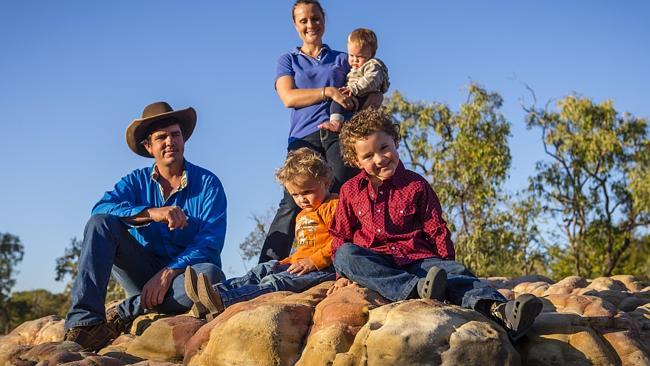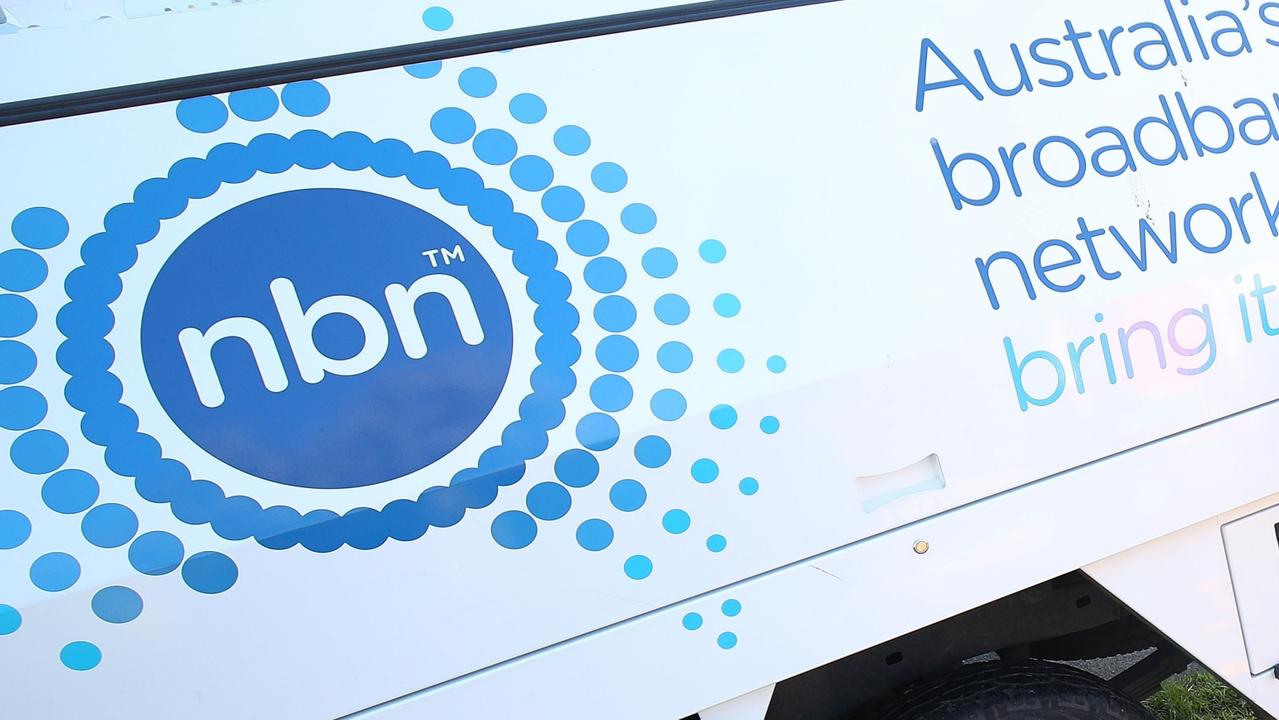NBN drives remote families to data despair
The $41 billion National Broadband Network is failing those who arguably need it most.

It was supposed to shrink distance, “future-proof” us all and help turn this vast nation into one that truly exploits its landmass, rather than at times feeling like an archipelago of cities.
Instead, the $41 billion National Broadband Network is failing those who arguably need it most: the bush folk who eke out a living from the hard plains of this country.
All across Australia, farmers, families, businesspeople and others whose homes are remote are struggling to connect to the NBN’s satellite service.
Download limits are tiny and, once exhausted, connections become so slow that it’s impossible to perform basic tasks such as send emails, read news and shop or bank online.
Children are missing out on School of the Air lessons, companies on transactions, and consumers on insights such as direct contact via social media with people who make their food. Australia is missing out on opportunities to use technology to reverse declining farm productivity growth and help feed Asia through developing the north.
For the Hoar family on Moroak Station, about 200km southeast of Katherine — a 215,000ha cattle property cut off for as much as four months of the year — it’s almost as if poor internet access increases the feeling of isolation, as more and more services go online.
“Our son Bailey has not been able to do his air lessons,” Lauren Hoar said. “We just had in-school week, and he was the only kid who didn’t know who the other kids were and didn’t know his teacher.”
School of the Air alone would consume almost the station’s entire data allowance. The family is trying to arrange a separate connection just for that. “We just did a big order for a year’s worth of dry food for our station by fax, but they said we can’t do that again,” Ms Hoar said.
“I hate to think how much internet usage buying $20,000 worth of stuff is going to take up. Sometimes I feel like people forget we exist.”
Booking airfares and ordering parts is difficult, downloading computer security updates nigh on impossible.
Taxpayers forked out $351 million for the so-called Interim Satellite Solution, used by about 40,000 NBN customers — a subsidy of almost $9000 per connection. The Coalition blames Labor for the congestion, and has already poured a further $34m into extra capacity and subsidising 9000 people to access commercial satellite services.
In April last year, Communications Minister Malcolm Turnbull said the upgrades, together with protections against data hogs, would allow satellite users to carry out basic tasks such as sending email, internet banking and Skyping reliably. Sadly, that hasn’t been the case.
Partly because NBN Co is now tightly controlling usage, at stations such as Moroak, 15 people share 40 gigabytes of painfully slow downloads per month — about 2.5GB per person or roughly what city dwellers might consider normal use just on their phones.
The congestion problem is supposed to be fixed by mid-next year, when two new satellites are due to be incorporated into the so-called Long Term Satellite Solution. But already there are doubts about how long that fix will last.
Nationally, broadband usage has been growing by about 25 per cent annually since 2010. If usage of the LTSS grows by just 15 per cent annually then it will hit capacity before 2020, according to calculations by the National Farmers Federation.
NFF general manager of rural affairs and agribusiness Charlie Thomas said: “This would be a disastrous outcome for regional Australia and a breach of the government’s commitment to a baseline of 12mbps down, 1mbps up for all households.
“Precision agriculture supported by cloud-based solutions is likely to be the next great leap in agricultural productivity, with potential gains of 7-9 per cent.”
The NFF sees new technology as critical to achieving its goal of doubling the farm-gate value of agriculture to $100bn by 2030. But cloud-based services are data-hungry and data is expensive.
A recent government report found the $5bn cost of delivering satellite and fixed wireless services to Australians living in non-commercial areas would only produce gains worth about $600m.
The potential lost market share from not having such technology is harder to quantify.
On Lake Nash station about 380km east of Mount Isa, Fred and Sarah Hughes from family-run Georgina Pastoral share downloads totalling 180Gb per month between 35 people — equivalent to about 5Gb per person. Not long ago, their $10m-a-year operation was without internet completely for a fortnight.
“It would be like asking a similar business in Sydney to operate without technology,” Ms Hughes said. “The internet is no longer a luxury; it’s a necessity.”
Mr Hughes said the couple looked into acquiring a priority commercial satellite service from Telstra but found it prohibitively expensive. Without a reliable connection, they have had trouble retaining staff and cannot attend webinars that would save on travel.
Back at Moroak, Mr Hoar would abandon modern technology if he could. “I don’t like text messaging, I don’t like the internet and I don’t like computers, but I still use them,” he said. “Five years ago I barely knew what the internet was, but now I’m using it daily.”



